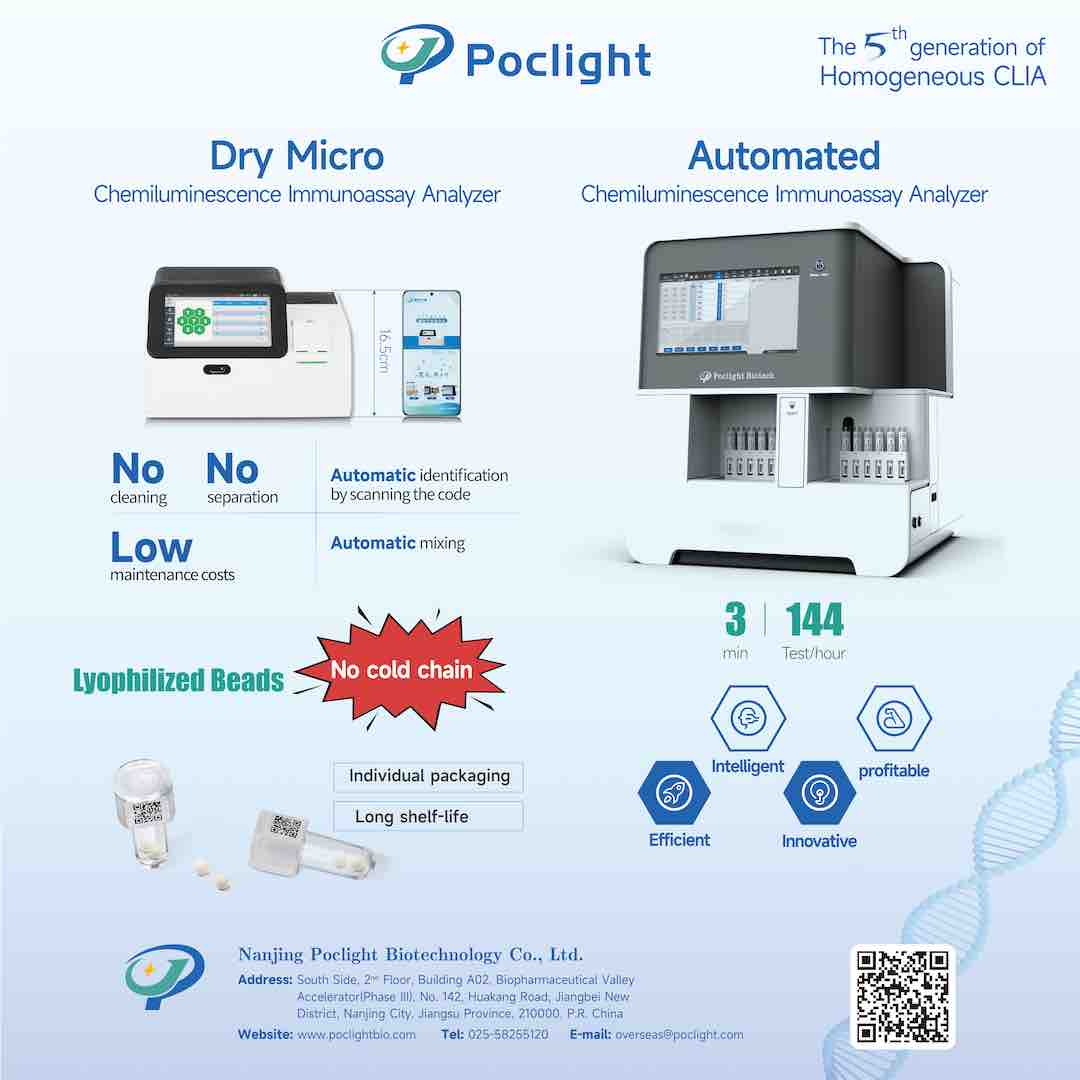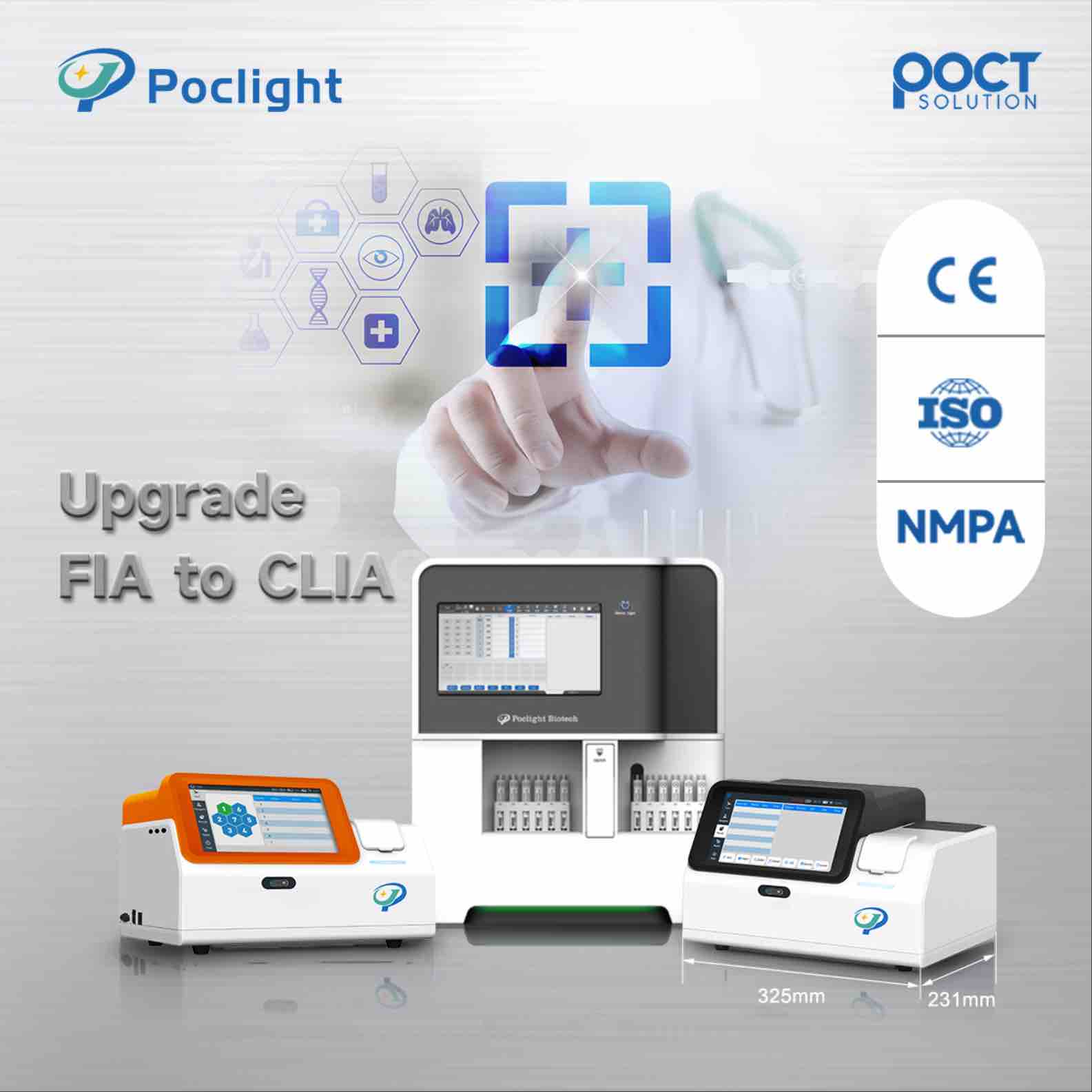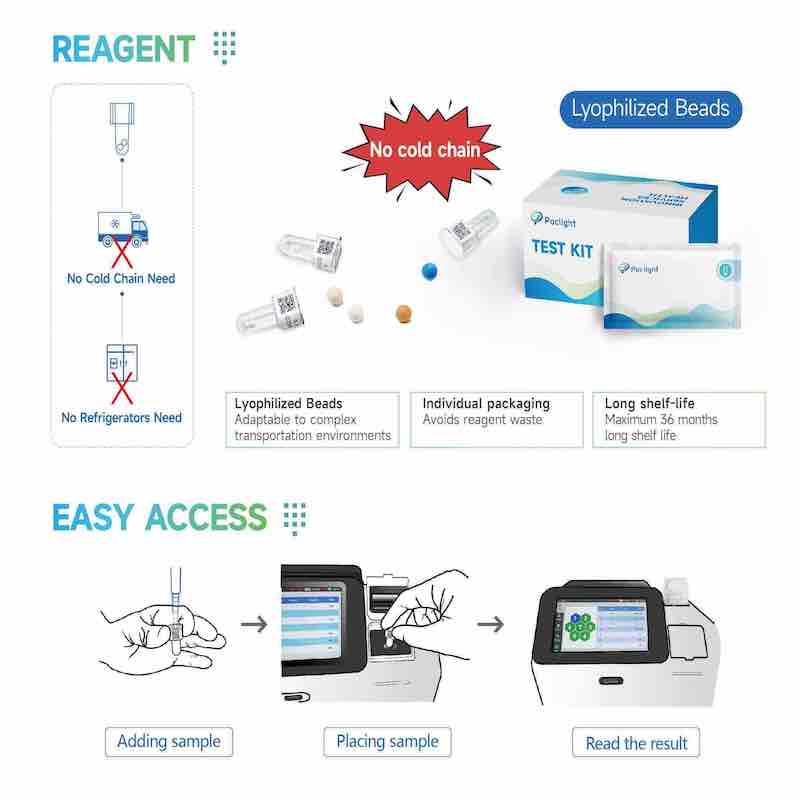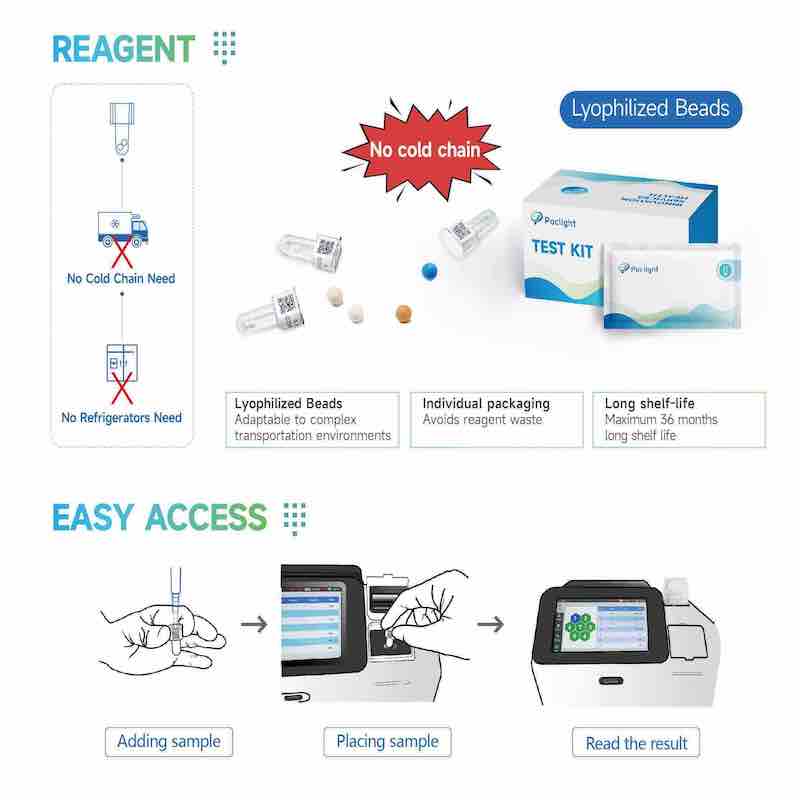 Key Factors for the Stability of In Vitro Diagnostic Reagents: 3 Major Problems and Solutions
Key Factors for the Stability of In Vitro Diagnostic Reagents: 3 Major Problems and Solutions
 The chemiluminescent agent used for luminescence is very different!
The chemiluminescent agent used for luminescence is very different!
 Seminar —— Integrated management of cardiovascular disease
Seminar —— Integrated management of cardiovascular disease
 World Stroke Day | "Wind" risk in platelet activation early warning
World Stroke Day | "Wind" risk in platelet activation early warning
 White blood cells, CRP, PCT, inconsistent results?
White blood cells, CRP, PCT, inconsistent results?












